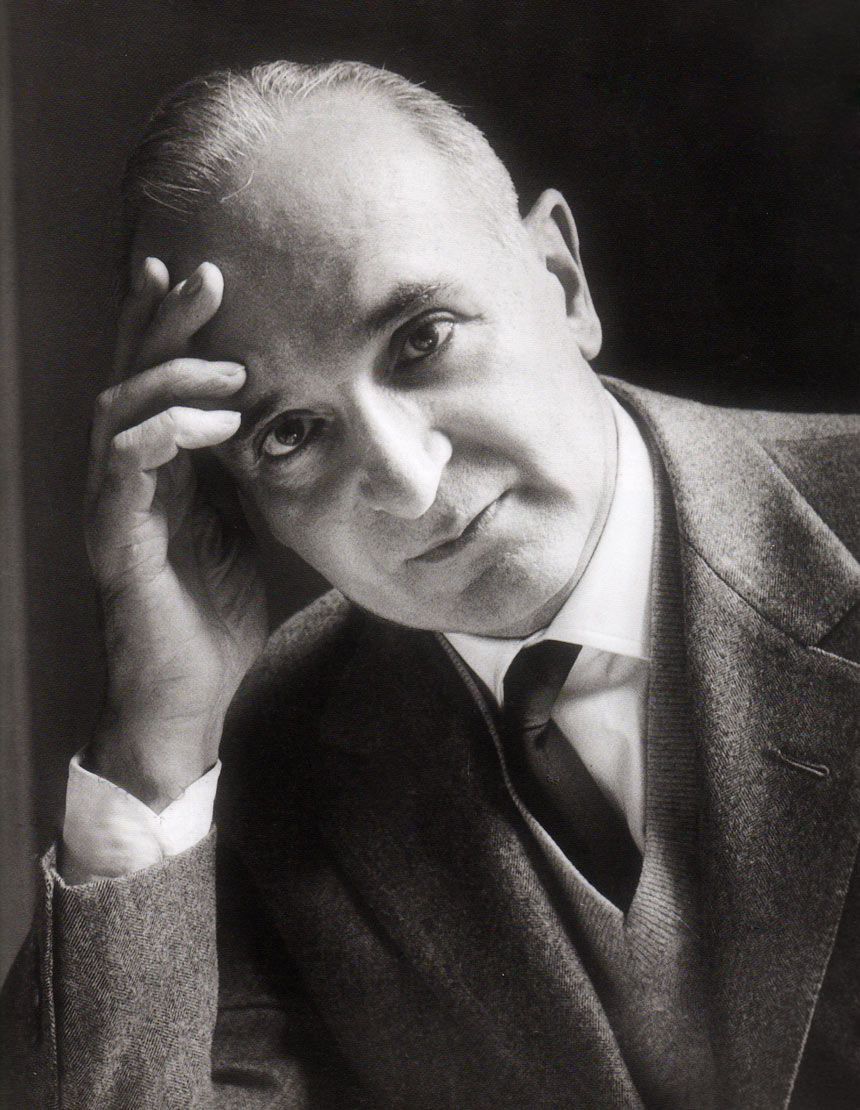
The life of Luigi Magnani
Luigi Magnani, music and art critic, is the father of Magnani Rocca Foundation. By virtue of him it is nowadays possible to appreciate the permanent collection, actually conserved in Mamiano Villa, previously his private residence.
L
Luigi Magnani was born in Reggio Emilia on 29th December 1906; his father was Giuseppe Magnani (Reggio Emilia, 20th January 1879 – Parma, 20th December 1960) entrepreneur of bovine breeding and dairy farm, his mother was Eugenia Rocca (Chiavari, 5th March 1883 – Parma, 19th March 1967), a noble Ligurian lady. He had got two sisters, Lisetta (1903 – 1926) and Ada (1909 – 1929), both dead very young, because of tuberculosis.
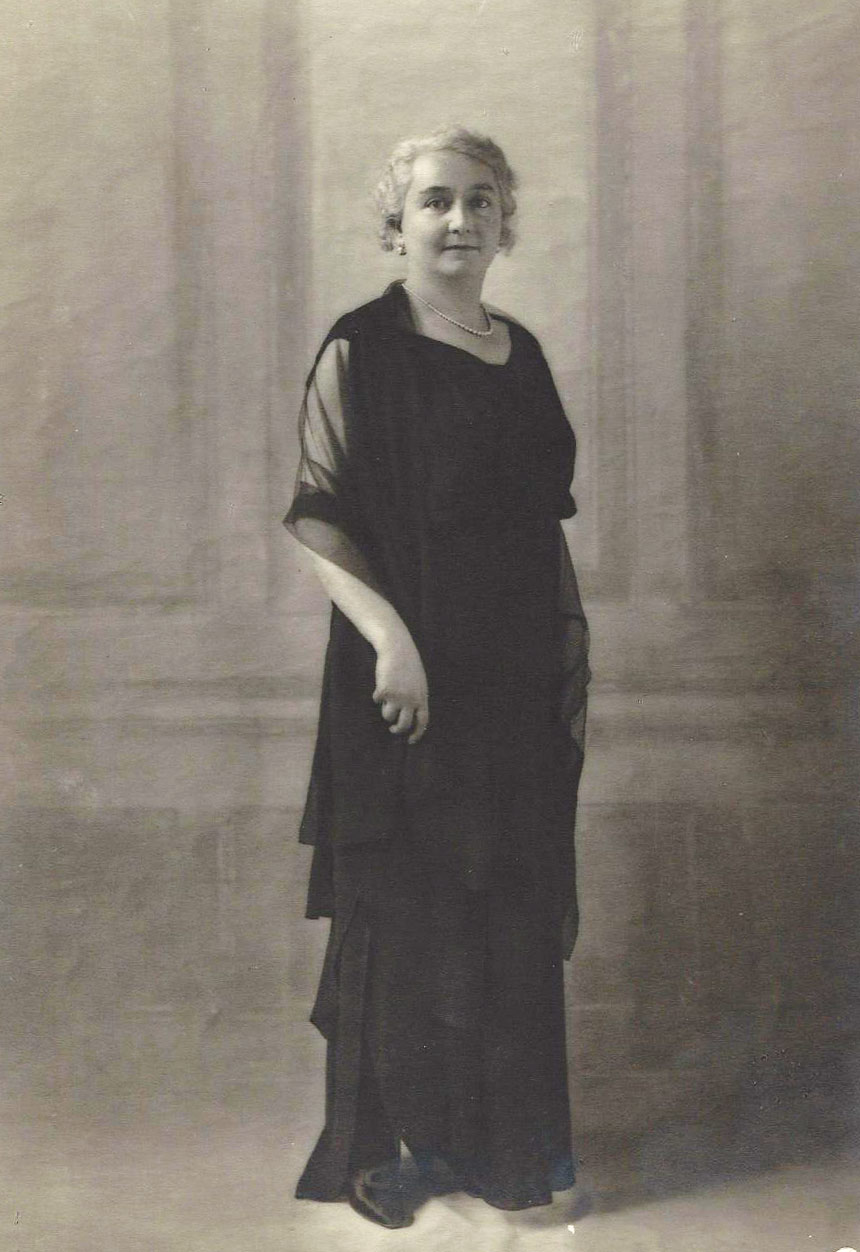
In 1927, Magnani, during his university studies, received the “Campanini” prize from the Royal Deputation of National History, for his memorial about Gerolamo Toschi e l’Accademia Romana di Filosofia Naturale.
In 1929 Magnani degrees in Modern Letters, writing a History of art thesis, about the 16th century sculptor Antonio Begarelli from Modena. In the same year, to confirm his interest for sculpture, Magnani effectuates a study on Renaissance sculptor Clemente from Reggio Emilia, then appeared in “Cronache dell’Arte”, magazine directed by Francesco Malaguzzi.
For several years Magnani records simultaneously some notes for three not concluded novels: La Duchessa di Roccamurata, Estate and Ragazzi precoci, which gather together the autobiographical youth of Luigi Magnani and his sisters.
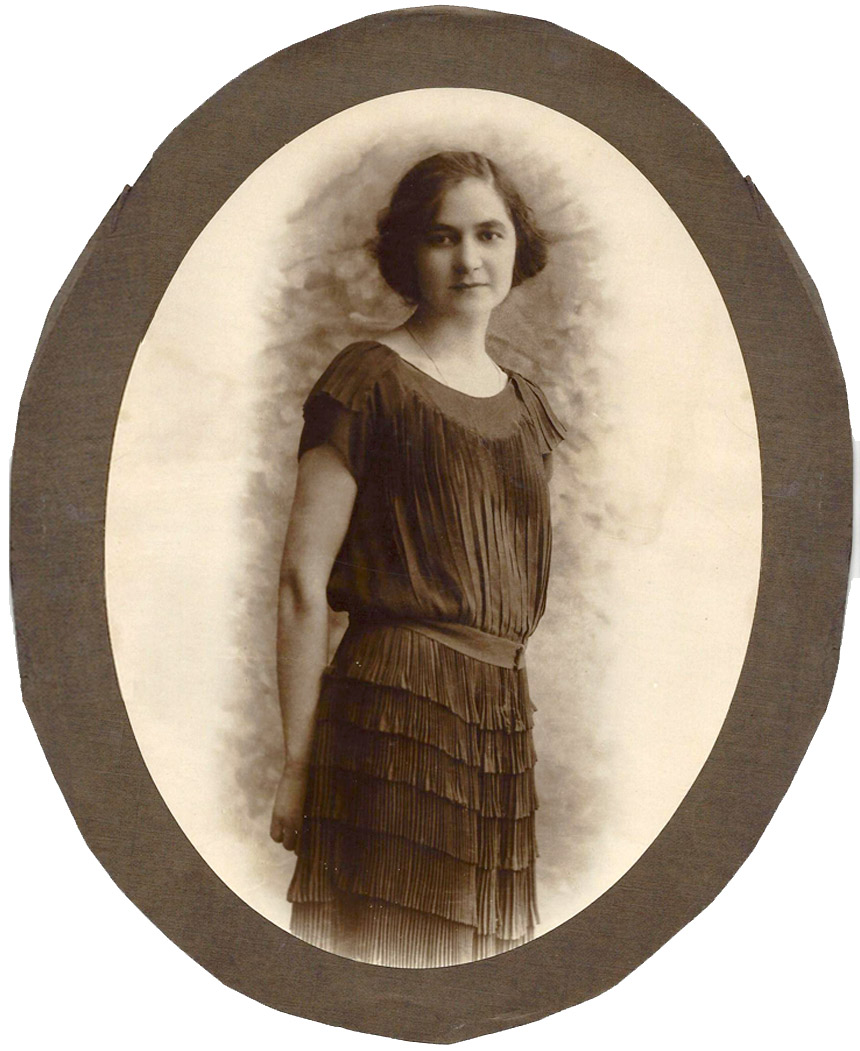
In the 1930’s he collaborates with the “ Pontifical Academy in Rome” giving some artistic consulting. In particular, in February 1932, Magnani holds a conference about Un polittico trecentesco inedito della Pinacoteca Vaticana. In the same period he collaborates with the Treccani Institute adding, to the Italian Encyclopedia, some entries incident to history of art.

In 1938 Magnani qualifies as lecturing post in History of Medieval and Modern Art. In addition to history of art, an other Magnani’s great passion is certainly music. Since he was a child, Magnani was directed towards the study of piano by the mother Eugenia. This learning did not stop to an unskilled level, as the matter of fact Magnani had, as master composer, Alfredo Casella and Raffaele Casimiri. For several years Magnani dedicates passionately his time to music composition: I Canti di Michelangelo, for voice and piano; I Cori della Passione, for voice solo; Oratorio di Emmaus, Pavane, La Passacaglia, Due Stanze di Canzone; all of them executed in various occasions during the 1930’s, the 40’s and the 50’s. The 16th October 1952, Pavane has been executed at the San Carlo Theatre in Naples, conducted by his friend Carlo Zecchi, and the Naples’ newspaper “Il Mattino” comments “… And the other compositions executed, a new listening for Naple, even if it is not at all unreleased in the musical scenery, a pleasing page, Pavane, written by Luigi Magnani”.
In 1941 Magnani family purchases the Mamiano’s estate from the counts Zileri Dal Verme, including the villa, where nowadays Luigi Magnani’s whole art collection is entirely exposed. One of the most fundamental encounter for Magnani, the collector, is dated at this period: the encounter with the painter Giorgio Morandi, acquainted in Colorno, through an other art collector from Parma, Glauco Lombardi: his collection constitutes nowadays the museum of Maria Luigia’s objects, duchess of Parma. The other artists that Magnani used to spend time with were: Burri, Clerici, de Pisis, Guttuso, Leoncillo, Manzù, Savinio, Tamburi.
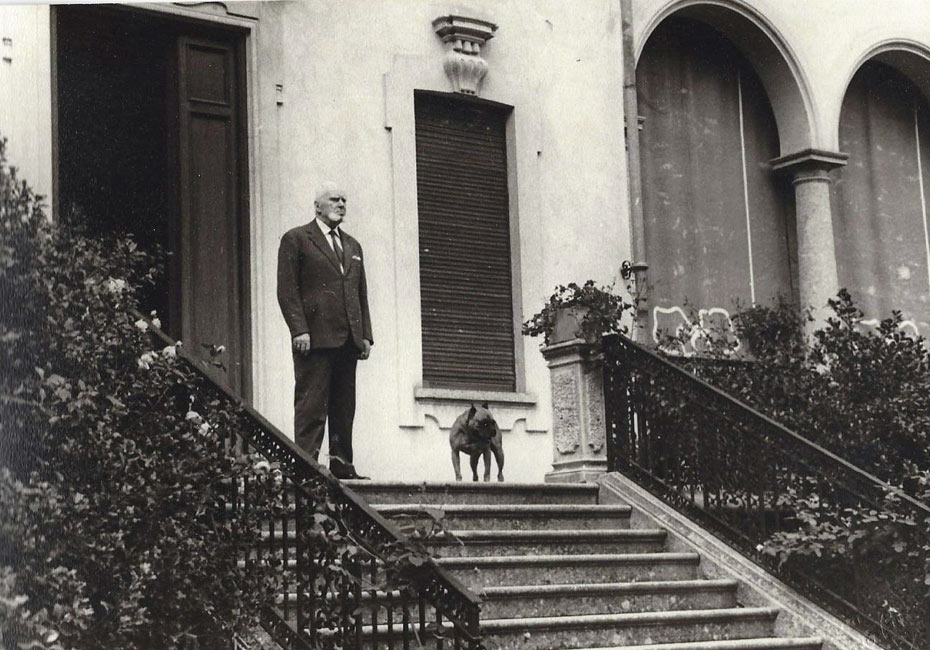
In 1943 Magnani rebuilds the collaboration with Treccani Institute, for the drafting of the Great Biographical Dictionary of Italian People, from the Middle Age to the contemporary period, attending to the biographies of the 16th century Emilian sculptors. Magnani furthermore lends his support to the musical section of the Dictionary of Contemporary Art, published by Ferdinando Ballo Publishing of Milan. All Magnani’s life is so dedicated to history of art, music and literature, that, at the end of the 40’s, while Magnani gives a lecture on “Modern musical techniques” at the Roman Philharmonic Academy, he writes an essay about Mallarmé, and, from 1949 to 1962, he teaches History of Decorative Arts of Manuscript and Book at “La Sapienza University in Rome”. From 1949 to 1967 Magnani obtains other remits to teach at the Special Room for Archivist and Librarian at Rome University. During the 50’s Magnani lives mainly in Rome, because of his occupation as university professor, and he uses to organize concerts in his house, calling renowned performers.
In 1950 Magnani becomes president of the Italo-French Culture Association in Parma and he organizes a Committee, which has, as purpose, the commemoration of Stendhal, where a remarkable number of French culture personalities participates. Then he becomes member of the Pontifical Academy of “Virtuosi al Pantheon”, in Rome. In 1952, the Fine Art Academy of Parma nominates Magnani as Academic Honour, because of his “ Honours Value”.
In 1956, Magnani holds a conference at the Italian Institute of Germanic Studies in Rome, about “Goethe e Mozart”, which attests his uninterrupted interest to accost different forms of art, to reveal their mutual affinities and influences, as authentic humanist, extraneous to preconceived schemes, in a concept of profoundly global culture. Again in 1956, Magnani is one of the founding member of the Association “Italia Nostra”.
In 1957 The Publishing Ricciardi issues Le Frontiere della musica, a collection of essays, written by Magnani, already published in “La Rassegna Musicale”, “Paragone”, “Tempo presente”. These essays have in common the study of the correlations between music and poetry, the analysis of the formal structure of music, the musical conceptions of poets and writers, as Goethe, Herder, Stendhal, Heine, Mallarmé, Mann, the poetry of musicians as Monteverdi, Mozart, Beethoven, Wagner, Hindemith, Schoenberg. Especially the perceivable affinities between Mozart and Goethe. In the matter of these essays, Alberto Pironti, the 29th June 1957, on the newspaper “Il Punto” and Massimo Milà, the 25th August 1957, on “L’Espresso” magazine, write: “… An aesthetic preciosity of current information; but also exquisite erudition, wide competence, striking and correct use of therms, a charming, expert technique”; “If there is someone able to explain to people how to take sybaritically delight in Hindemith or Schoenberg’s music, this person is certainly Luigi Magnani”. In these years, Luigi Magnani writes some scripts for the periodical “La Rassegna Musicale”, headed by Guido M. Gatti. Magnani is lecturer of numerous conferences and author of essays about Beethoven, like Verità e Poesia in Beethoven, Ideale della libertà e il finale della Nona, Umanesimo in Beethoven, and he is also broadcast consultant for a TV series about Beethoven, for RAI Television.

In 1960 E.R.I. of Turin publishes Gli Affreschi della Basilica di Aquileia. Affreschi del secolo XI. The volume is offered by RAI Television to the delegates of Radio and TV organisms, participant to the Prix Italia, gathered in Trieste in September 1960. Paola Pergolo, director of Borghese Gallery in Rome, comments this study on “Paese Sera”, on June 30th 1961: “… (This volume is) distant from that kind of erudition, that makes so frequently thick the language of art critique, in particular of the Middle Age, which distances the public from the knowledge of so many masterpieces; it is also far from questions too much coherent, similar to a journalistic language; this volume combines the guarantee proper of scientific explanation, with the expression of a sensible participation”. Once again, in collaboration with RAI, Magnani holds a conversation about Proust e la musica, followed by a second one, about Schoenberg. As reward for his dedication to the circulation of knowledge in musical field, Magnani obtains the “Provincia di Reggio Emilia per la Musica” and “Microfono d’Argento” awards in 1959 for the category “Rubrica Musicale”. Is dated back 1962 the publication of “I Quaderni di Conversazione di Beethoven”, one of his most important work, as meticulous analysis and interpretation of those extraordinary documents, such as Beethoven’s notebooks, where he used to write on to communicate with his friends, during his last years, hindered by deafness.
In 1964, on the circumstance of Morandi’s death, Magnani presents in RAI TV a remembrance of the painter, and it has been followed by a broad exposition at the Biennale d’Arte di Venezia, two years later. Again, in 1964, in collaboration with RAI, Magnani sets a series of programs on the occasion of the 4th centenary of Michelangelo’s death: aim of these initiatives is to explain Michelangelo’s place in Renaissance culture, through an explanation of the ideological and religious subjects in his painting and architectures, focusing in particular on their iconographic peculiarity and on their symbolic meanings.
1967 is for Magnani a suffering period, marked by his mother Eugenia’s passing, a figure who has continuously supported hers son’s lifestyle, turned towards humanistic interests, than in family business.
In the same year Magnani takes part of a jury panel, awarding the Premio Puccini, patronised by Teatro La Scala. Magnani has prolific collaborations with numerous lyric entities, editing the drafting of the books of critic presentation of operas like Debussy’s Pelléas et Mélisande, dated 1962, Wagner’s Tristan and Isolde in 1959 and in 1964, played, in this year, at La Scala Theatre in Milan, then Beethoven’s Fidelio in 1962, The Free-shooter of Van Weber in 1973 for Reggio Emilia’s Municipal Theatre, and again The Free-shoter for Bologna’s City Theatre in 1972-1973; Wagner’s Parsifal in 1973 for Trieste City Theatre “Giuseppe Verdi”.
In 1968 Magnani writes a script on the contemporary compositor Luigi Dallapiccola, issued by the magazine Ente Autonomo Biennale di Venezia. Again in 1968 he participates to a concours to obtain the chair of History of music at Pavia University as extraordinary professor, he does not have the role, but the wins the chair of History of Music at Lecce University.
In 1969 Magnani holds a conference about Michelangelo at Villa San Paolo in Florence, in collaboration with Stanford Humanities Center and in 1970 he participates in the symposium on Beethoven in Vienna. In the same year he works for “Rivista Internazionale di Estetica e di Sociologia della Musica”. Naturally also in Parma Magnani continues his activity as musicologist, holding in 1972 a conference at “Istituto di Studi Verdiani”, about Weber’s The Freeshooter. Magnani sets also a short workshop dedicated to the origins of melodrama, for “Istituto per il Film e le Arti dello Spettacolo” at the International University of art in Florence, where, at that time, Carlo Lodovico Ragghianti was the dean: a collaboration continued in the following years.
Again in 1972 Einaudi publishes Il Nipote di Beethoven, that wins the Campiello awards; the novel in 1985 becomes a movie directed by Paul Morrissey, with Anna Vescovi’s screenplay, but it did not receive the public or critic consent. Initially, the project was taken in consideration by the director Liliana Cavani, who had thought to Marlon Brando and Albert Finney in the role of Beethoven. This is the period of the numerous musical events in Mamiano’s Villa: Il Quartetto Italiano, Elisabeth Schwarzkopf, Nikita Magaloff, Magda Tagliaferro.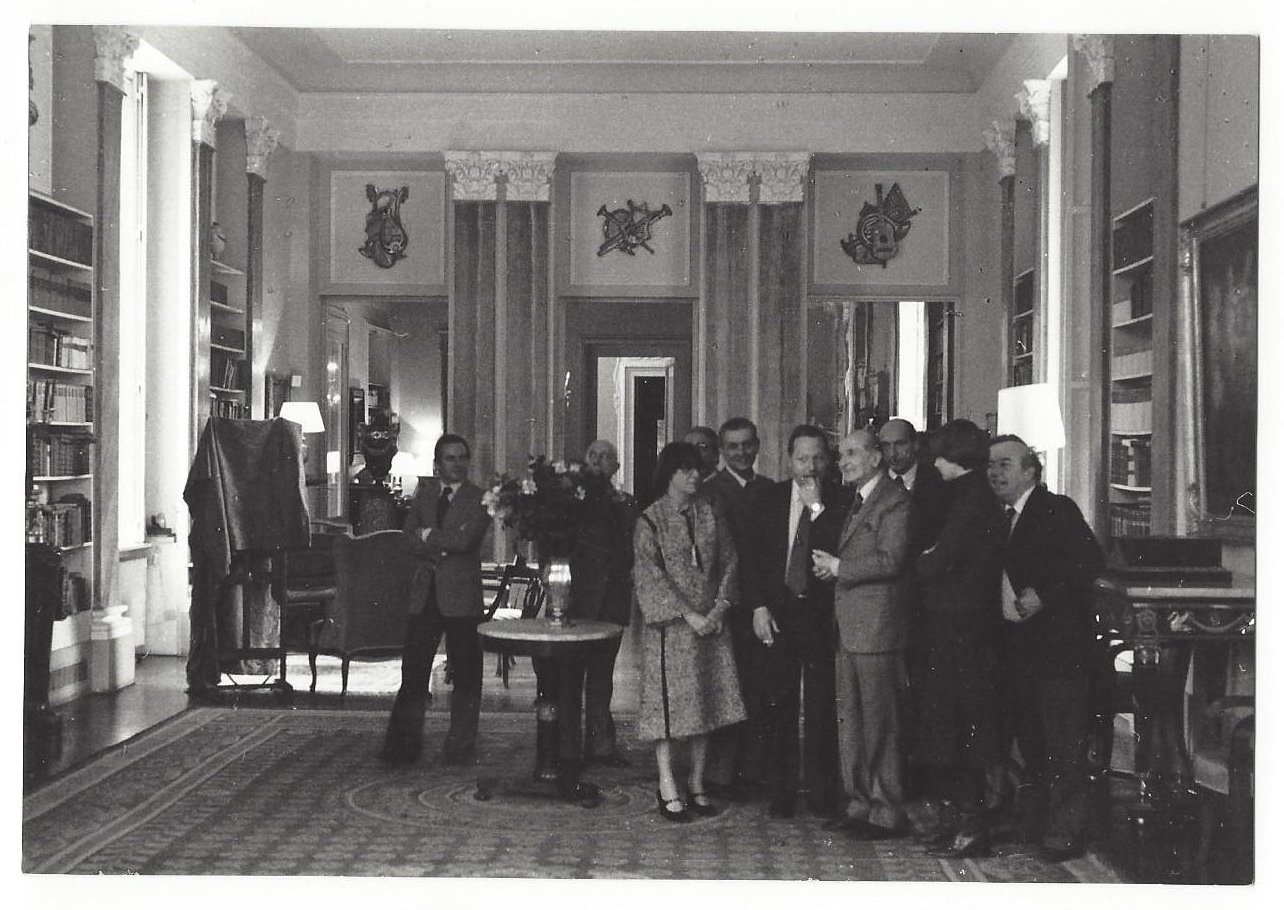
In 1976 Magnani leaves his position as professor at Rome University and decides to move definitely to the countryside, at the villa in Mamiano. From this moment he brings forward the idea to create an art foundation, starting intensifying his research into art works, to enrich his collection, frequently availing himself of advices by his friends, historian of art: Arcangeli, Argan, Ballo, Berenson, Bertelli, Brandi, Briganti, Cera, Chastel, della Pergola, Emiliano, Fiocco, Frommel, Gassier, Gonzàles-Palacios, Haskell, longhi, Malajoni, Palluccini, Parronchi, Pope Hennessey, Quintavalle, Ragghianti, Rosenberg, Sgarbi, Solmi, Tassi, Toesca, Vitali, Zeri. The first purchased opera, attesting his capacity for collectionism, is dated 1943: Pietro di Francesco Orioli’s painting Sacra Famiglia con Quattro Angeli, belonged to princess Palmieri Nuti of Siena. After some years Magnani buys his second piece, Giovanni del Biondo’s triptych. After several important acquisitions during the 1950’s, in 1962 arrives in Mamiano Villa Tiziano’s Sacra Conversazione, a first maturity period masterpiece of the Venetian painter. In 1968, after a long transaction with the Bagnacavallo’s nuns, Magnani comes into possession of Albrecht Durer’s extremely rare panel Madonna con Bambino. Another masterpiece is Goya’s great canvas La famiglia dell’infante Don Luis, arrived in Mamiano in 1974, coming from Ruspoli’s Florentine palace, bought for a very impressive amount for those years, that Magnani allocates with sacrifice, in the name of his love for art; this opera continues to fascinate all the visitors, who admire it, exposed nowadays at Mamiano Villa. Among the contemporaneous operas, excels the Cézanne’s group of magnificent and signify watercolours, bought between the 1970’s and the 1980’s. The current Cézanne’s room in Magnani Rocca Foundation is certainly a rare evidence of a cultured and refined collecting. The last piece that has been bought among these masterpieces is Antonio Canova’s sculpture, Tersicore, arrived in Mamiano in the last period of Magnani’s life. It attests that the aim of the collector is not focused on a private enjoyment, than on offering a precious present to collectivity’s delight.
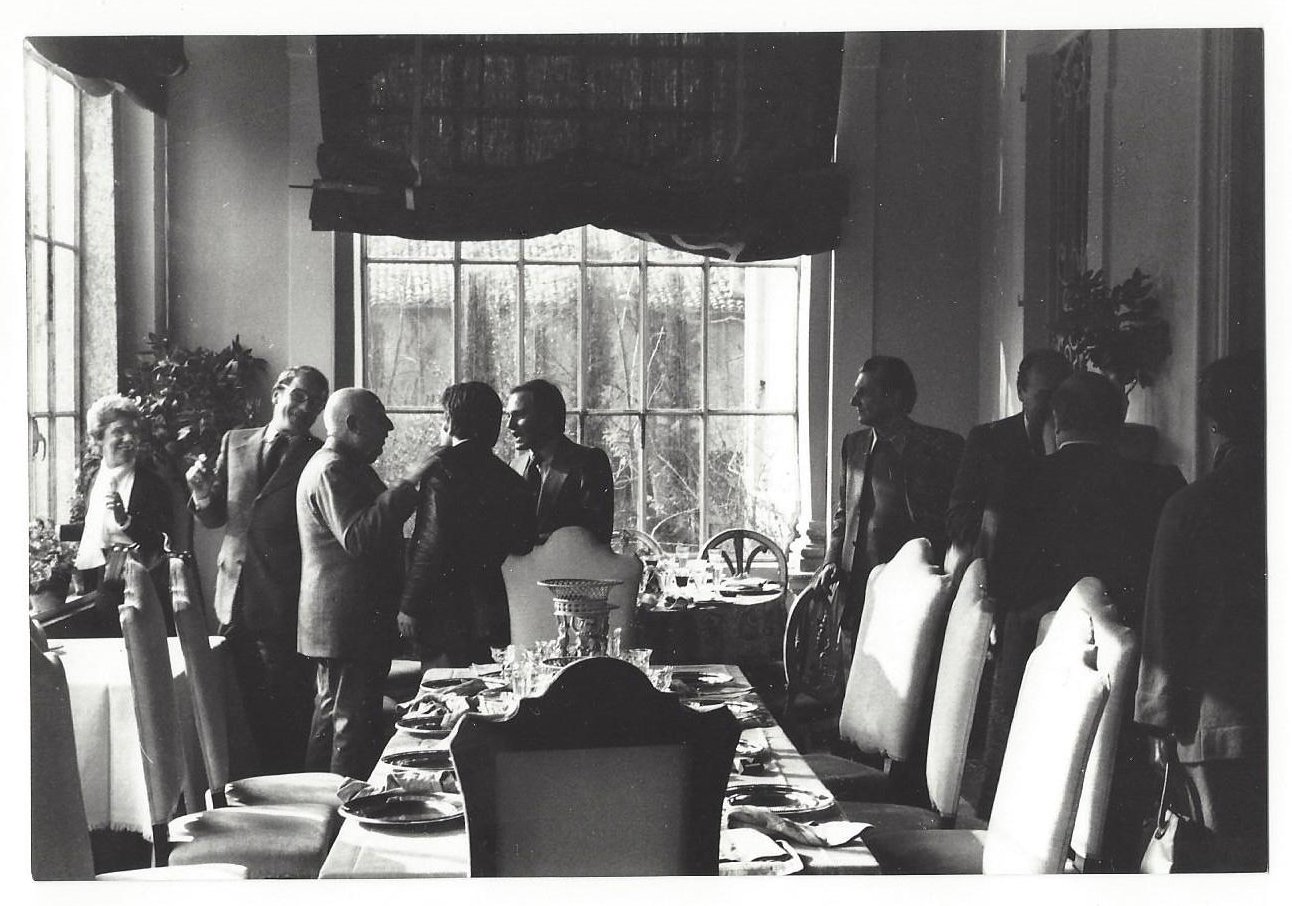
Traversetolo, Fondazione Magnani Rocca. Colazione nella loggia ai tempi di Magnani
As the matter of fact, in 1977, Magnani established juridically the Magnani Rocca Foundation – to remember his father Giuseppe and his mother Eugenia Rocca – which he will be president for life of. Is dated back 1976 the book Goethe, Beethoven e il demonico, and in 1978 it is published La musica in Proust.
In 1979 Magnani receives the worldwide awards “Targa d’Oro per l’Ecologia”, as esteem to his contribution in terms of science and tenure, to improve the quality of people’s lives, aim constantly presents in Magnani’s lifelong. Also Stendhal’s works remain one of the uninterrupted interest in Magnani’s activity: as the matter of fact, in 1980, the book L’idea di Chartreuse has been published and, the following year, it receives the literary critic reward “Otto/Novecento” for the category “Edito”. The book Il mio Morandi has been published and presented on October 14th 1982 by Eugenio Riccomini; it attests the twenty years friendship between the two personalities and it gathers their whole correspondence and the reproductions of some paintings (50 operas in Magnani’s collections).
In 1983 Magnani exhibits his contemporaneous collection “Da Cézanne a Morandi, e oltre”, setted in Mamiano Villa, not completely restored, yet. The copious operas have been exposed in the orangery, enlarged and modified, after the arrangement in 1974 of Goya’s large canvas in one salon of the Villa. Until the end Beethoven remains one of Magnani’s most important interest: once again in 1984, he suggests an interpretation, even literary, writing the book Beethoven lettore d’Omero. In the same year, Magnani is elected honour member of the Academic Society of French Languages and Literatures, candidacy proposed by Giovanni Bogliolo and Carlo Bo.
Luigi Magnani dies in his Mamiano Villa on 15th November 1984, attended by Elge Gazza and Virginio Terenziani; two months before he had presented his antique art collection with the exhibition entitled “Fondazione Magnani Rocca. Capolavori della pittura antica” set from 15th September to 14th October 1984, in Palazzo Magnani, in Reggio Emilia.
